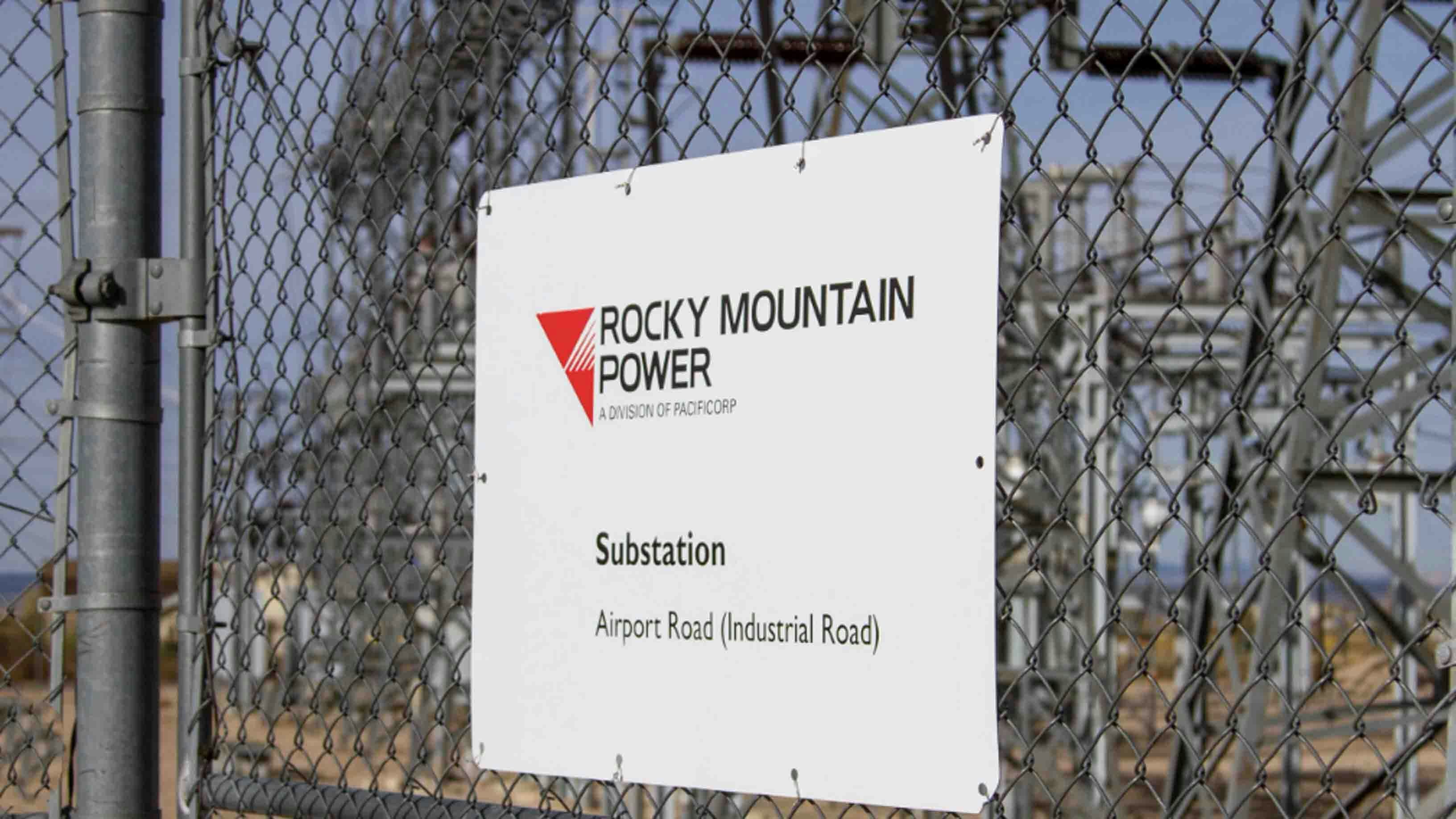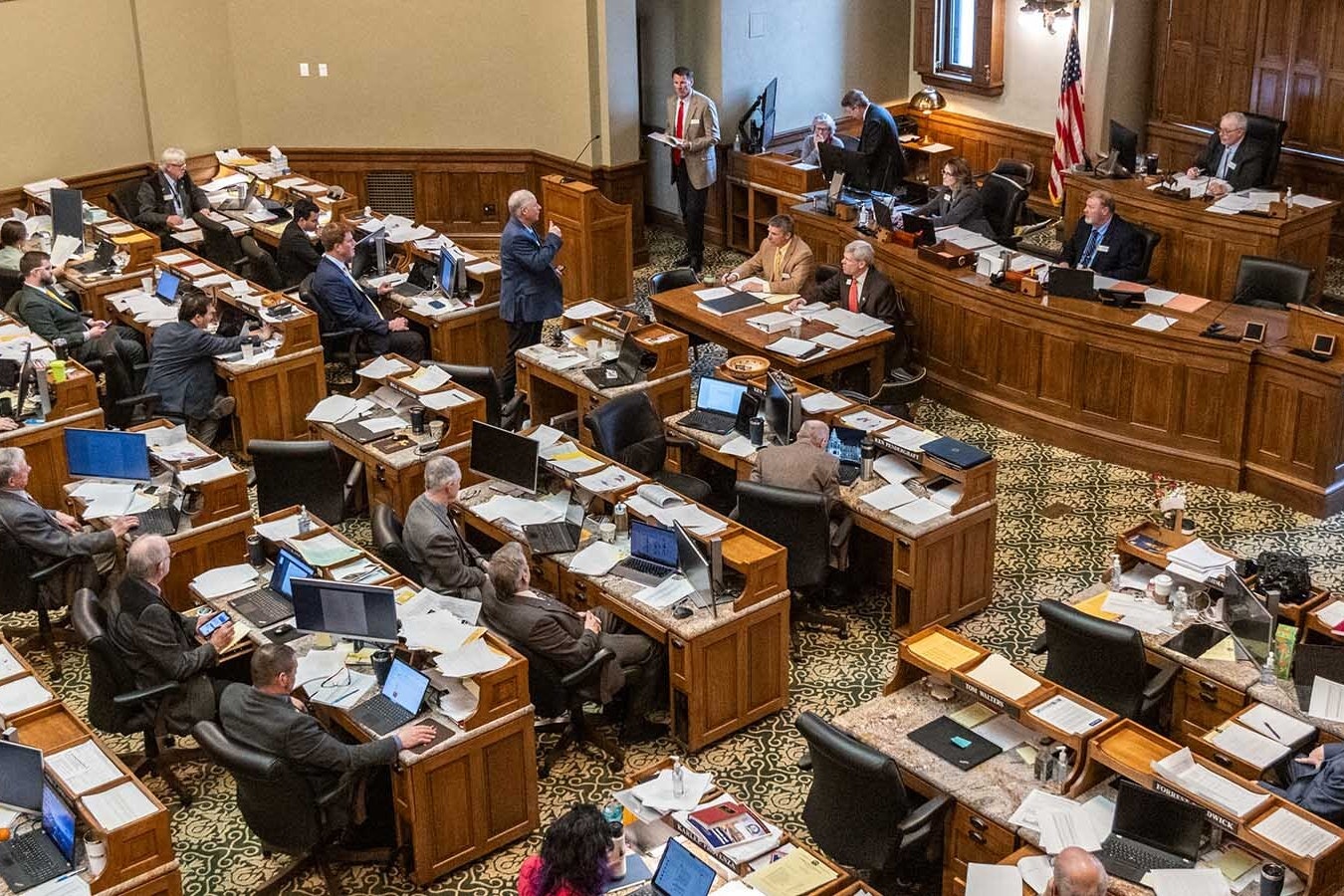Customers of Rocky Mountain Power have heard this before — the company wants a double-digit rate increase.
The question for state regulators is how much. The Wyoming Public Service Commission will do its own numbers-crunching before it can determine what is a fair increase.
This new hike in power rates comes on the heels of a controversial rate case last year where RMP wanted to boost everyone’s power bills by nearly 30%. Through intense negotiations between the PSC and RMP, and angry public hearings throughout the state, the rate increase was whittled to 8.3%, giving RMP $53.9 million.
The 8.3% increase last year, which went into effect at the beginning of 2024, came in a general rate case — which happen every few years. This latest hike request is the standard energy cost adjustment that RMP does annually.
In this case, RMP wants to raise monthly power bills for 144,511 customers across the Cowboy State by 12.3%, or about $139.4 million for residential, commercial and industrial customers.
On average, residential customers will see their monthly bills rise 9.3%, or about $12 per month on their utility bill if the whole increase is approved.
Blame Fuel Costs
RMP, which is owned by the Berkshire Hathaway-backed PacifiCorp based in Portland, Oregon, said Tuesday that these rate increases are calculated as part of their annual true-up of fuel costs.
These true-ups are based on a complicated formula involving what the company pays for fuel to burn in power plants, and what they are permitted by regulators to charge customers. The fuel prices fluctuate on an annual basis, which is why utility bills can rise or fall.
The rate hike, which was requested in filings made with the Wyoming Public Service Commission this week, are blamed on coal and fuel supply chain disruptions.
Historically low coal inventories prompted many utilities, including RMP, to increase natural gas generation and buy more wholesale electricity while restocking depleted coal inventories, said Joelle Steward, RMP’s senior vice president for regulation and customer and community solutions, in a statement released Tuesday.
In many coal basins nationally, coal pricing more than doubled in 2022 and remained high into 2023, Steward said.
This effect on coal pricing was made worse by the war in Ukraine, when many U.S. mines, including those in Utah and Colorado, rushed to take advantage of high coal prices by exporting coal to Europe.
Jack Painter, RMP’s net power cost specialist, said that the company was forced to adjust its overall system operations through increased natural gas power plant output, reduced market sales and increased market purchases.
“In 2023, all of PacifiCorp’s Utah coal suppliers and one major Wyoming coal supplier made emergency contract declarations that resulted in significant delivery shortfalls of PacifiCorp’s contracted coal supply,” Painter said.
Consequently, the Utah coal mines experienced a 35% decline in coal production.
A PacifiCorp spokesman declined to identify the Wyoming coal mine that declared an emergency and would not comment on whether it involved Peabody Energy Corp.’s North Antelope Rochelle mine in northeast Wyoming.
The mine — the largest producing coal operation in the nation — was hit by a tornado that resulted in serious damage that temporarily halted operations.
Utility Bill Calculations
There are typically many complicated factors involved in determining electricity bills.
The rate hike RMP announced Tuesday is an annual cost adjustment, which is subject to review by the PSC.
The general rate increase is different than the annual energy cost adjustment that RMP wants to recover from all customer classes beginning in July.
There are other cost pressures hitting the bills of RMP’s customers.
For instance, the 12.3% increase doesn’t include a key tax benefit that effectively lowers a customer’s bill.
That tax benefit for electricity customers contained in the Tax Cut and Jobs Act of 2017 goes away beginning July 1.
Over the past three years, customer bills included the tax benefit totaling nearly $85 million. It’ll have the effect of adding another 4.2% to everyone’s utility bills.
Between the annual energy cost adjustment and the tax benefit going away, a typical residential customer using 700 kilowatt-hours of electricity per month would see their monthly bill rise $16, a PacifiCorp spokesman said.
Pat Maio can be reached at pat@cowboystatedaily.com.





